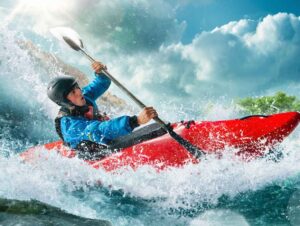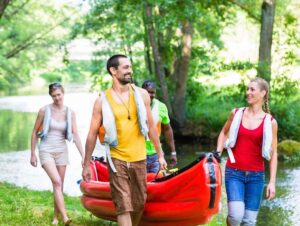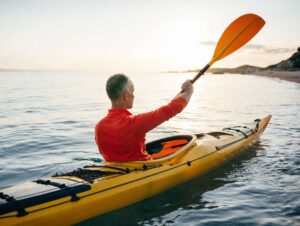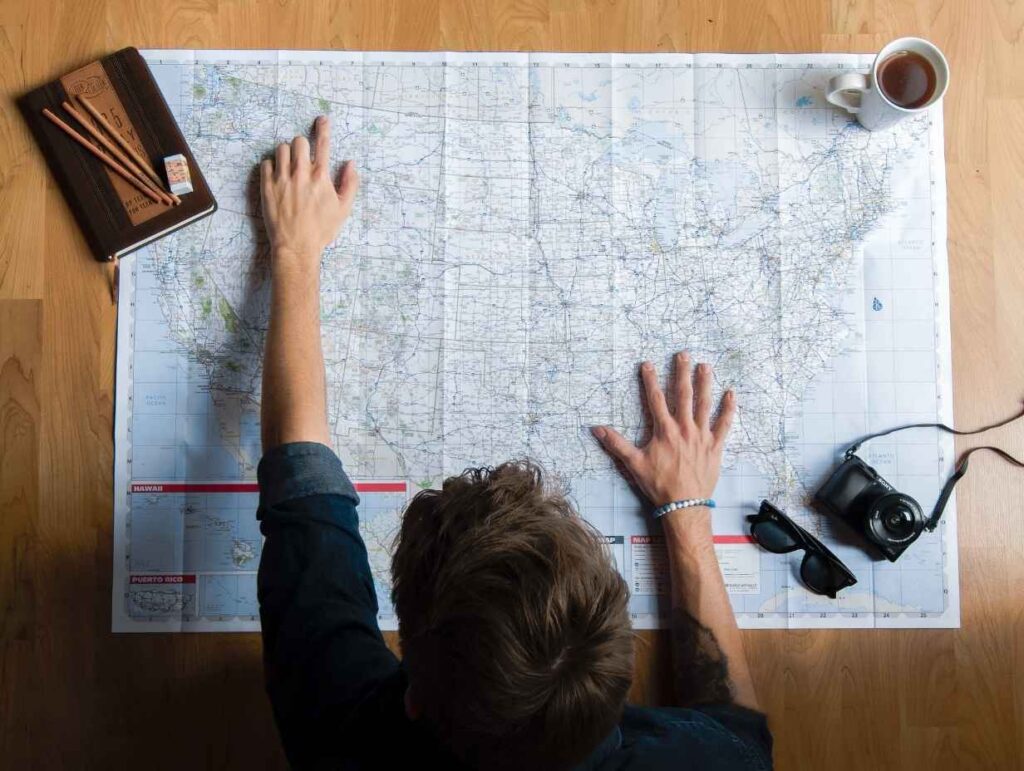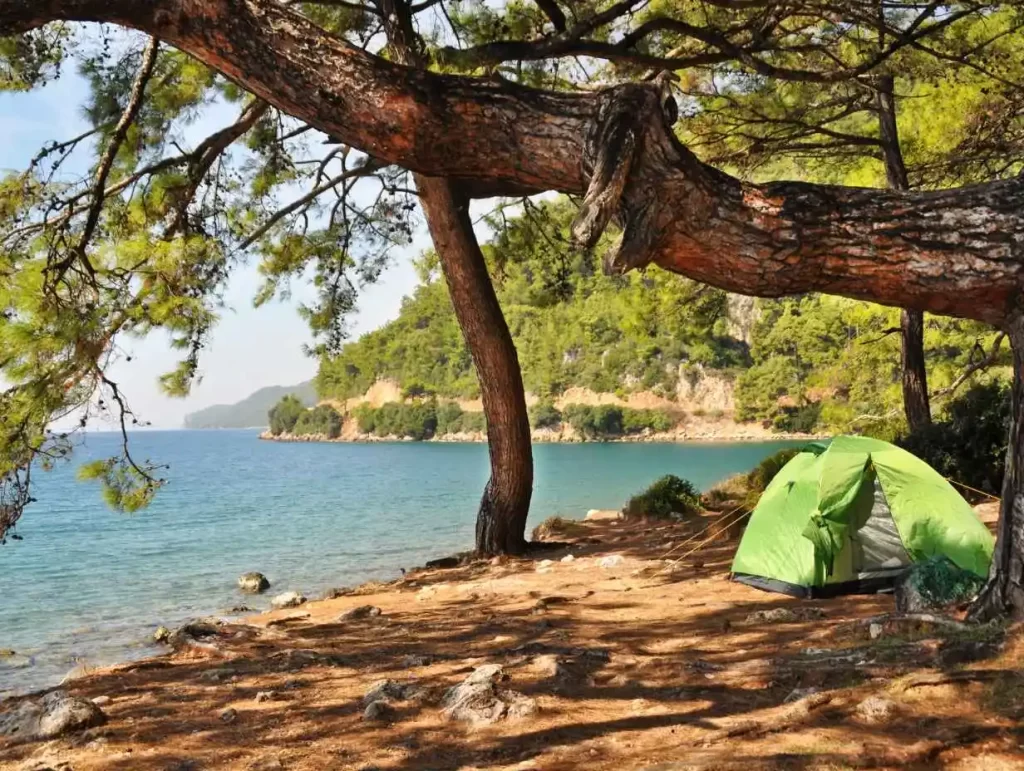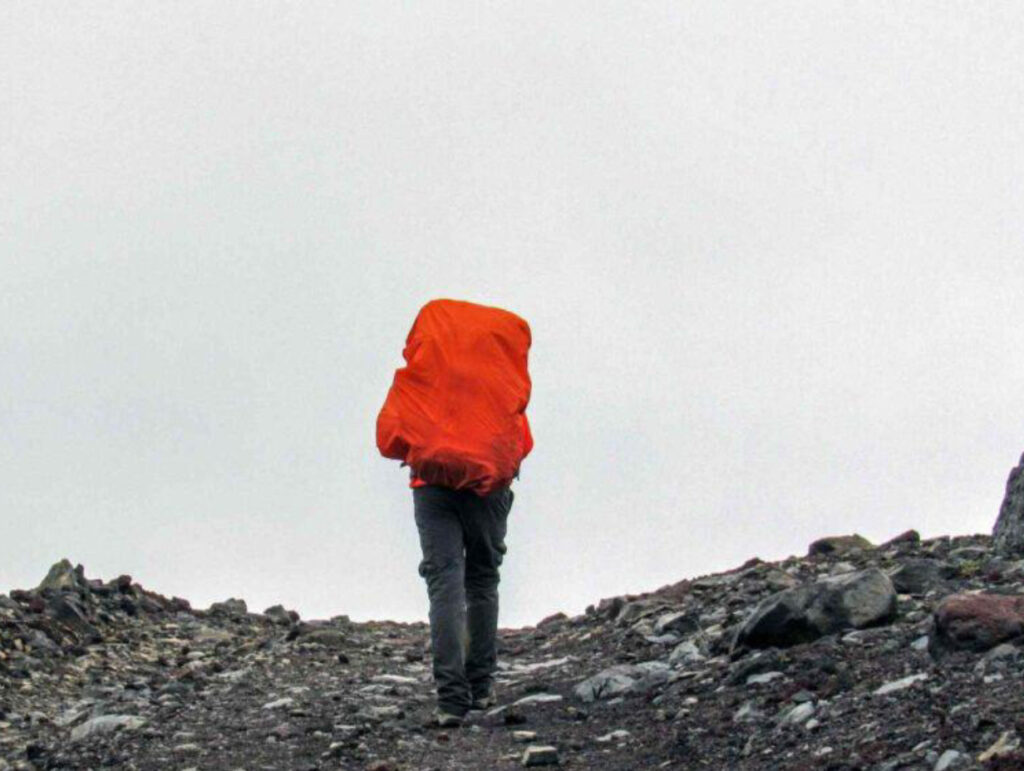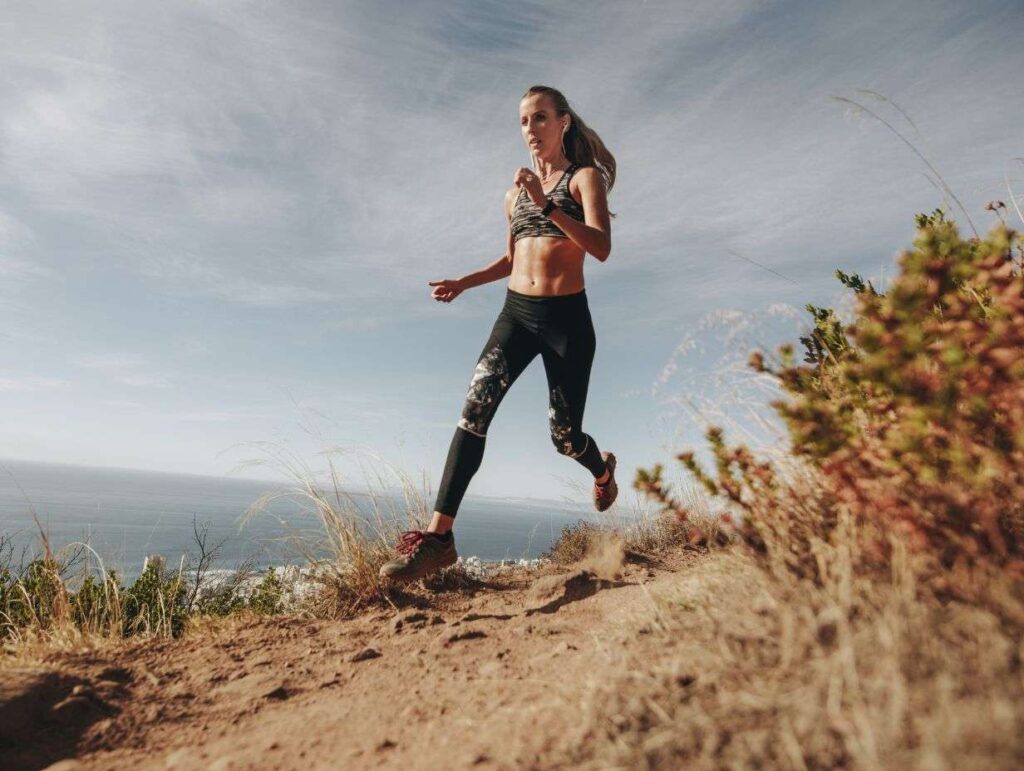Easy Kayaking Guide: Master Basic Skills
Part 1: Essential Equipment
The Basic Kit
Every kayaking adventure starts with the right gear. A recreational kayak suits most beginners, offering stability and ease of use. Look for a wide, flat-bottomed model that helps you stay upright while learning basic paddling skills.
Different types of kayaking suit different goals
- Recreational kayaking perfect for beginners focuses on calm waters and basic skills
- Touring kayaking suits longer trips like those Swedish lake adventures
- Sea kayaking, as practiced in the Menai Straits, requires more advanced skills and equipment
- Whitewater kayaking demands specialist training and gear
Start with recreational kayaking to build core skills before exploring other styles.
Safety First
A personal flotation device (PFD) tops the essential gear list. The military training at Sandhurst hammered this home – even on a calm lake, a PFD proves vital. Choose one that fits snugly but allows free movement of your arms.
Key Equipment Checklist
- A double-bladed paddle matched to your height
- Bilge pump for removing unwanted water (optional)
- Spray skirt for keeping water out
- Dry bags to protect your gear
- Whistle for emergencies
- Basic first aid kit
- Sun protection
Choosing the right kayak paddle makes a huge difference. Look for:
- Length that matches your height and boat width
- Lightweight materials for less fatigue
- Adjustable feather angle for comfort
- Bright colours for visibility
- Durable construction for longevity
A well-fitted paddle feels like an extension of your arms, not a cumbersome tool.
Part 2: Before You Start Kayaking
Weather Wisdom
I learnt to paddle in the British Army. One of the first experiences was in the Menai Straits, which taught me a crucial lesson – weather changes quickly on the water. Check wind speeds, tide times, and local conditions before heading out. A simple float plan left with someone onshore adds an extra safety layer.
Choosing Your Spot
Start in shallow water with minimal current. Learning in the smelly Sandhurst lake might not have been glamorous, but it provided perfect learning conditions – flat water, easy access, and plenty of space for leisurely paddling.
Initial Steps
Like any new skill, kayaking for beginners works best when broken down into manageable chunks. Start with:
- Basic paddle holds
- Entry and exit practice
- Balance exercises
- Simple forward strokes’
Part 3: Getting Started with Kayaking
Lift and Launch
Carrying a kayak looks trickier than it is. Military training taught a simple method: lift from the cockpit rim, position on your shoulder, and walk balanced. For families, try the two-person carry – one at each end, just like moving furniture.
Getting Comfortable
Your kayak seat isn’t a garden chair. Sit upright with legs comfortably bent. The foot braces should give enough push to keep your back straight without straining.
Think of paddle blades as extensions of your arms – they need the right positioning to work effectively.
Part 4: Basic Paddling Skills
Essential Strokes
The forward stroke forms your foundation. Place the paddle blade in the water near your feet, pull back smoothly to your hip, then lift out. The sweep stroke turns your kayak – sweep in a wide arc from front to back. For the reverse stroke, simply work backwards.
Body Position Tips
Those Swedish lakes, where I went with my young family on a 5-day off-grid adventure, revealed how body position affects paddling technique. Keep your torso rotation fluid, like you’re passing a ball from side to side. Each stroke should feel smooth, not jerky.
Part 5: Safety Skills
Water Reading
The Menai Bridge’s tidal surge taught crucial lessons about reading the water. Look for:
- Surface patterns showing current
- Obstacles ahead
- Safe exit points
- Other water users
Emergency Responses
If you capsize, stay calm. The seal entry practice in Wales proved invaluable – grip your paddle and boat, then follow your practiced recovery moves. A bilge pump becomes your best friend here, if you have a lot of water in your kayak. Or, get it out of the water and empty it on the land.
Part 6: Common Mistakes
Avoidable Errors
- Forgetting to adjust foot braces
- Gripping the paddle too tightly
- Ignoring wind direction
- Skipping the float plan
- Racing instead of pacing
Learning Moments
That Swedish family trip highlighted how simple oversights matter. Taking short breaks prevents fatigue. Checking equipment before heading out saves hassle later.
Part 7: Environmental Awareness
Nature’s Rules
Five days off-grid in Swedish nature reserves teaches respect for waterways. Leave No Trace means exactly that – take out everything you bring in. Wildlife needs space – that curious moose or reindeer on the shoreline deserves distance and respect.
Seasonal Changes
Each season brings different challenges. Summer offers longer paddling days but demands more sun protection. Spring means cold water despite warm air – always dress for immersion.
Part 8: Equipment Care & Storage
Post-Trip Routine
Salt, sand, and lake grime damage equipment over time. Rinse everything thoroughly – even after paddling in fresh water. Those army training days taught us that clean, dry gear lasts longer.
Storage Wisdom
Store your kayak:
- Off the ground
- Away from direct sunlight
- Supported at multiple points
- Protected from extreme temperatures
Part 9: Legal Requirements & Permits
UK Waters Guide
Different bodies of water have different rules. Check:
- Local waterway licenses
- Waterways Access points and restrictions
- Required safety equipment
- Kayaking Insurance coverage
Part 10: Kayak Trip Planning Essentials
Route Planning
The Swedish expedition required careful planning. Consider:
- Distance vs daylight – How much time have you got?
- Energy levels – How fit will you need to be to do the trip?
- Weather windows – How long will the good weather last?
- Emergency exit points – What happens if I need to stop?
- Water sources – Where can I fill up with water?
Supply Management
Pack smart, not heavy. Essential gear stays accessible in dry bags. The military method works – keep emergency items within immediate reach.
Part 11: Physical Preparation for Kayaking
Building Strength
Kayaking uses specific muscle groups. Focus on:
- Core stability exercises
- Upper body flexibility
- Lower back strength
- Shoulder mobility
- Grip endurance
Injury Prevention
The army’s training emphasised prevention over cure. Warm up properly, especially in cold conditions. Simple shoulder rotations and torso twists prepare your body for paddling technique practice.
Part 12: Social Aspects
Finding Your Community
Every paddler starts somewhere. Local clubs welcome newcomers – they remember their first wobbly launch. Canoe and kayaking clubs can start with their guidance and end with lasting friendships.
Teaching Others
Sharing skills builds confidence. Teaching children requires patience and creativity – those Swedish lake sessions proved that games work better than lectures. Start with:
- Balance games
- Simple stroke practice
- Short, achievable goals
- Plenty of breaks
Part 13: Planning Kayaking Adventures
Building Experience
Progress from sheltered waters to new challenges gradually. The journey from Sandhurst’s lake to the Menai Straits took time and practice. Each body of water teaches new skills. The more you practice, the better you’ll become.
Family Considerations
Family kayaking adventures need extra planning:
- Choose calm waters
- Pack extra snacks and water
- Plan frequent stops
- Keep activities fun
- Celebrate small wins
Weather Reading
Learn to read weather patterns beyond basic forecasts. The Menai Straits taught that local conditions often differ from general forecasts. Watch for:
- Changing cloud patterns
- Wind shifts
- Water surface changes
- Local weather signs
This approach to kayaking – methodical yet adventurous – builds lasting skills and confidence. Each paddle stroke adds experience; each trip builds knowledge, and every waterway offers new lessons.
From Shore to Success – Your Kayaking Journey Starts Here
Every paddler started right where you are now – eager to get on the water but unsure of those first steps. The path from complete beginner to confident kayaker isn’t about fancy gear or expert-level skills. It’s about taking small, steady steps while staying safe and having fun along the way.
You’ve got all the essential knowledge now – from basic strokes to safety skills. Don’t let perfect be the enemy of good. Start with calm waters, focus on the basics, and build your confidence gradually. Remember, everyone wobbles at first!
Ready to dip your paddle in and head out on the water? Find a local kayaking club or rental centre this weekend. The water’s waiting, and your adventure begins with that first stroke.


